The world is full of strange, unmoored historical artifacts. Some come with puzzling, mysterious origins and interesting, if unconfirmed, auras of intrigue. Take the Nazi Buddhist iron man from outer space. This 10-inch-tall, 24-pound sculpture apparently depicting a Buddha figure with scale armor bearing a swastika has some pretty dubious provenance: It’s rumored to have been found during Nazi expeditions to Tibet, perhaps part of an effort to establish Germany’s Aryan roots. (Prior to its life as the calling card of National Socialism, the swastika enjoyed thousands of years as a positive symbol in South Asian religions.) Recent mineralogical analysis by German, Australian, and Austrian researchers now shows that the statue may have been sculpted from a meteorite that fell somewhere along the Siberian-Mongolian border. The paper, in Meteoritics and Planetary Science, also sparked heated debate about the statue’s origins. Buddhist scholar Achim Bayer at Dongguk University in Seoul, Korea, says that the statue is most likely just decades (rather than centuries) old, perhaps made after WWII for the lucrative market in Nazi memorabilia.
Nazi Iron Man Buddha?
Recommended Articles
Off the Grid May/June 2025
Bulow Plantation Ruins, Florida
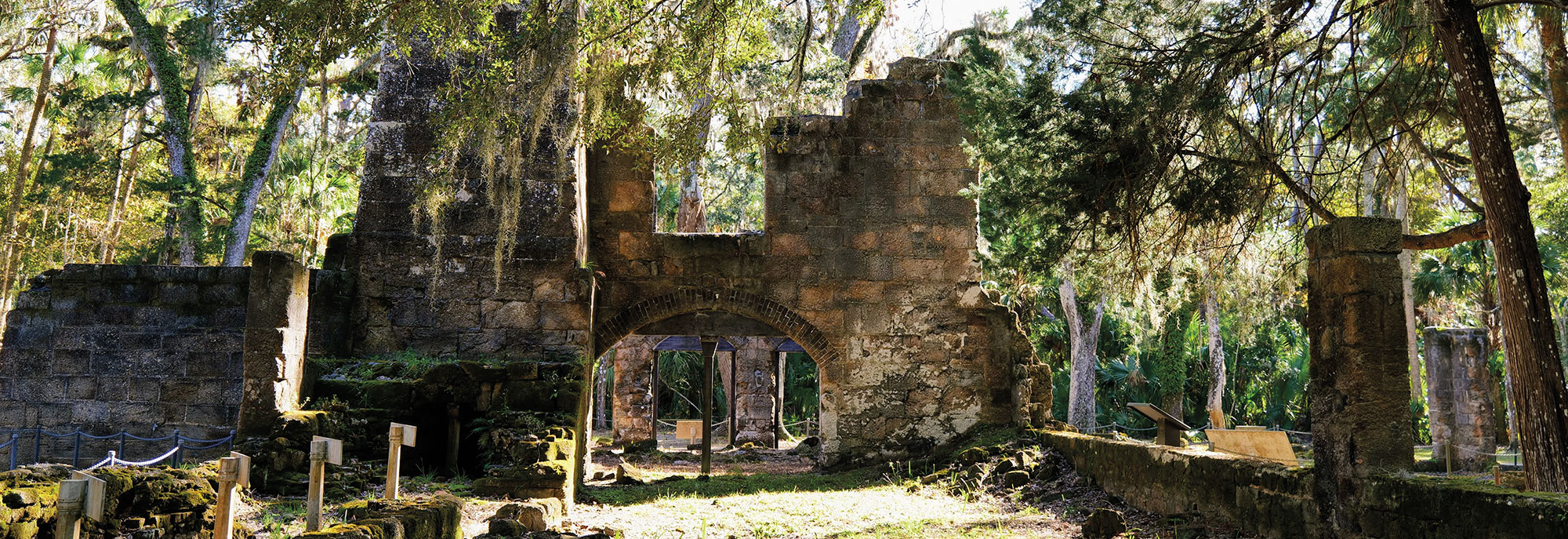
Features May/June 2025
Lost City of the Samurai
Archaeologists rediscover Ichijodani, a formidable stronghold that flourished amid medieval Japan’s brutal power struggles
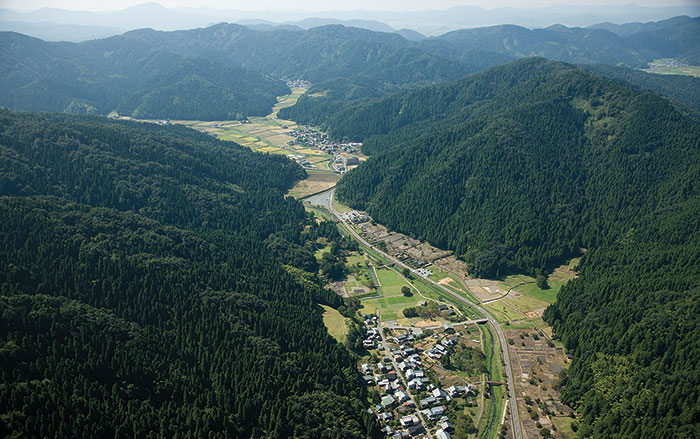
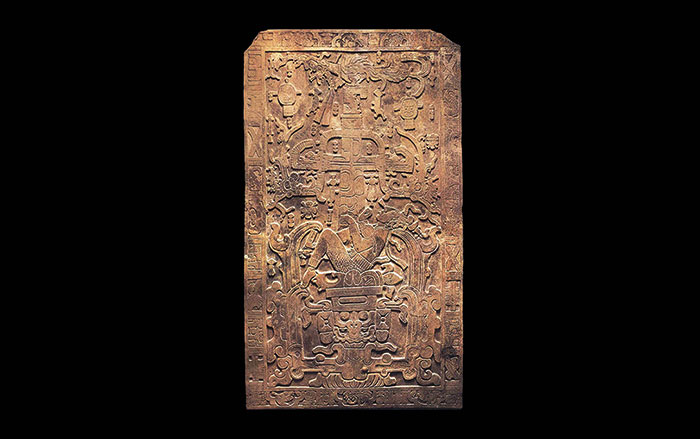
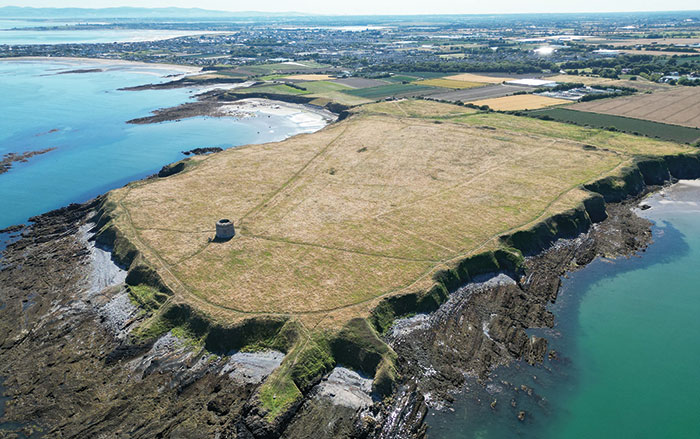
-
Features January/February 2013
Neolithic Europe's Remote Heart
One thousand years of spirituality, innovation, and social development emerge from a ceremonial center on the Scottish archipelago of Orkney
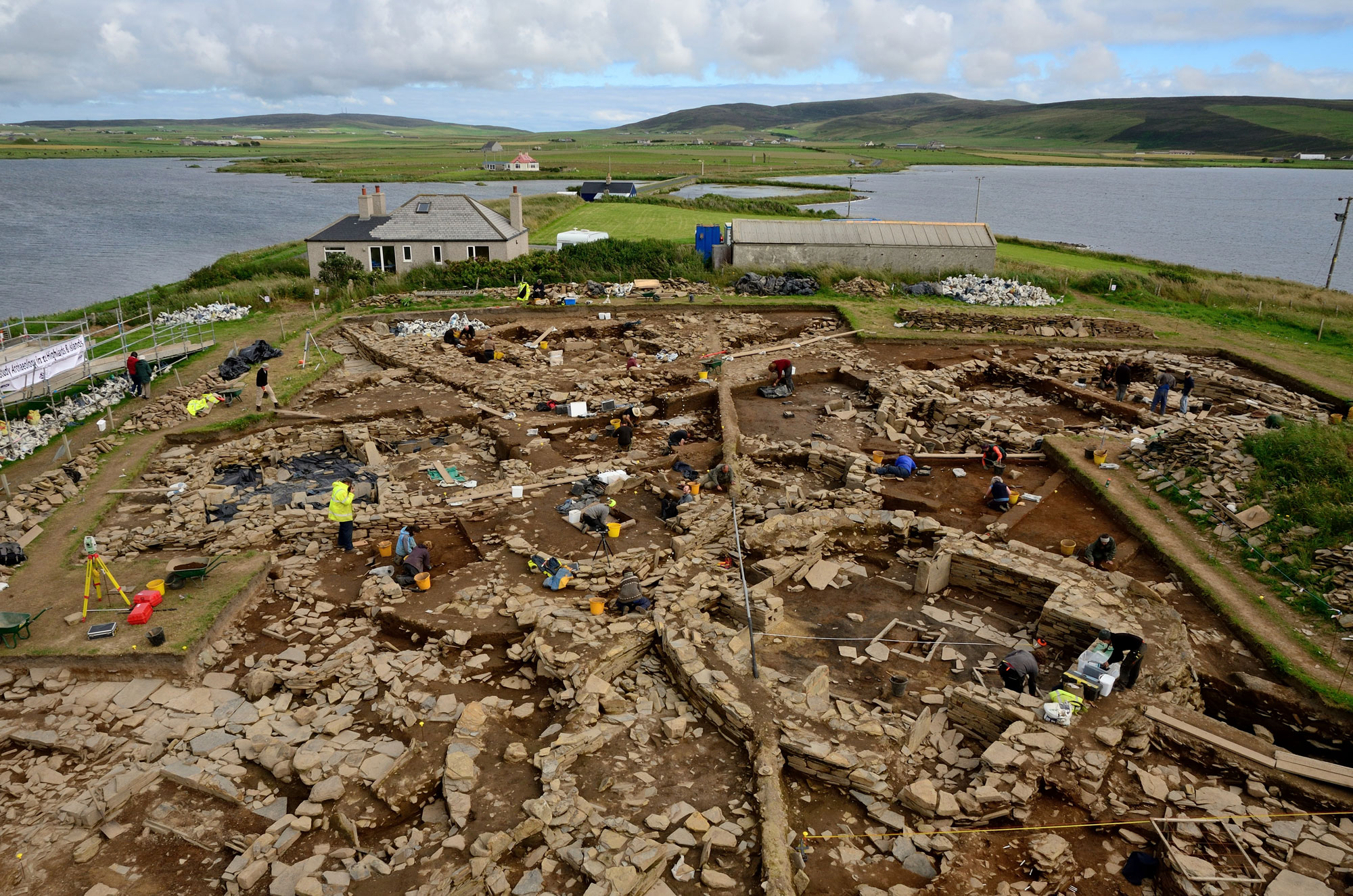 Adam Stanford/Aerial Cam
Adam Stanford/Aerial Cam -
Features January/February 2013
The Water Temple of Inca-Caranqui
Hydraulic engineering was the key to winning the hearts and minds of a conquered people
 (Courtesy Tamara L. Bray)
(Courtesy Tamara L. Bray) -
Letter from France January/February 2013
Structural Integrity
Nearly 20 years of investigation at two rock shelters in southwestern France reveal the well-organized domestic spaces of Europe's earliest modern humans

-
Artifacts January/February 2013
Pacific Islands Trident
A mid-nineteenth-century trident illustrates a changing marine ecosystem in the South Pacific
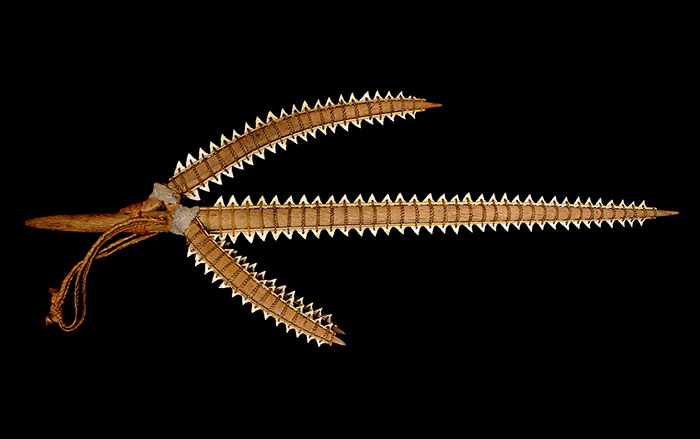 (Catalog Number 99071 © The Field Museum, [CL000_99071_Overall], Photographer Christopher J. Philipp)
(Catalog Number 99071 © The Field Museum, [CL000_99071_Overall], Photographer Christopher J. Philipp)

